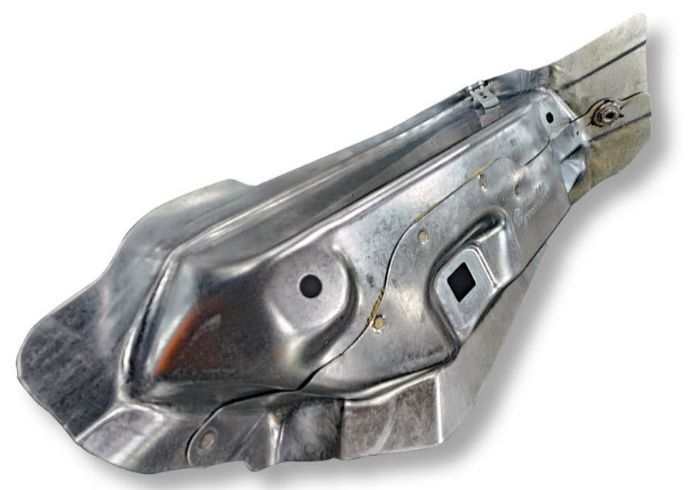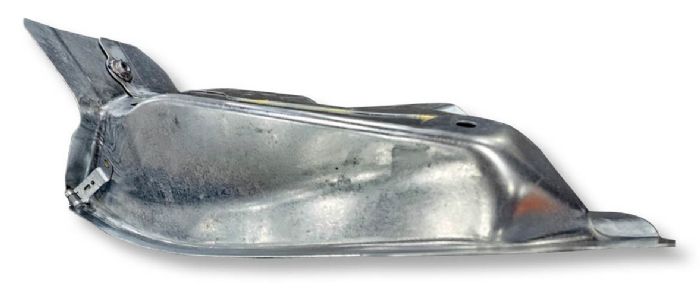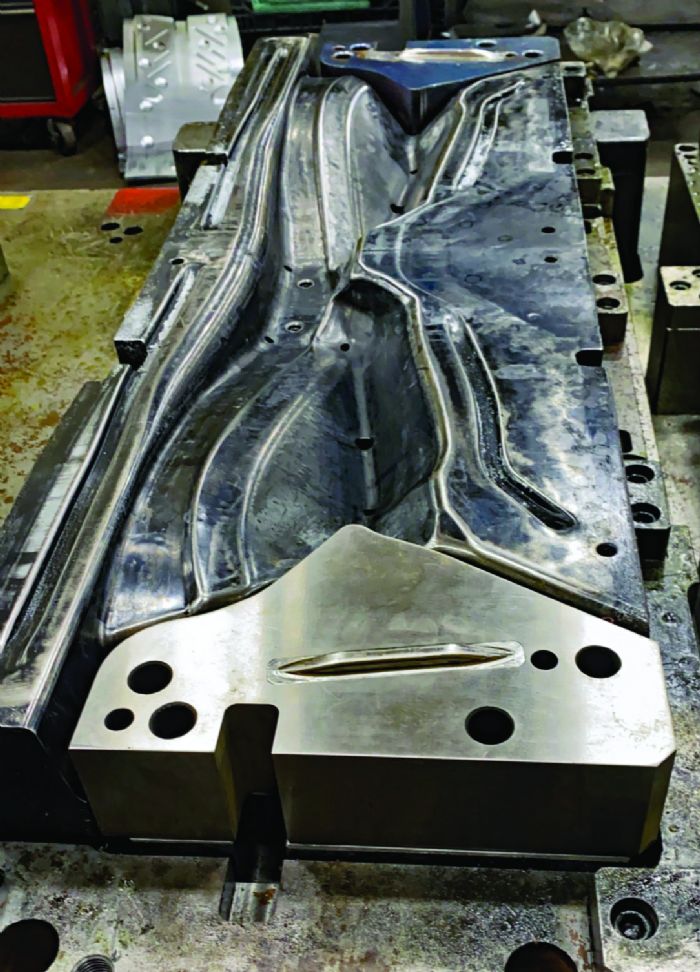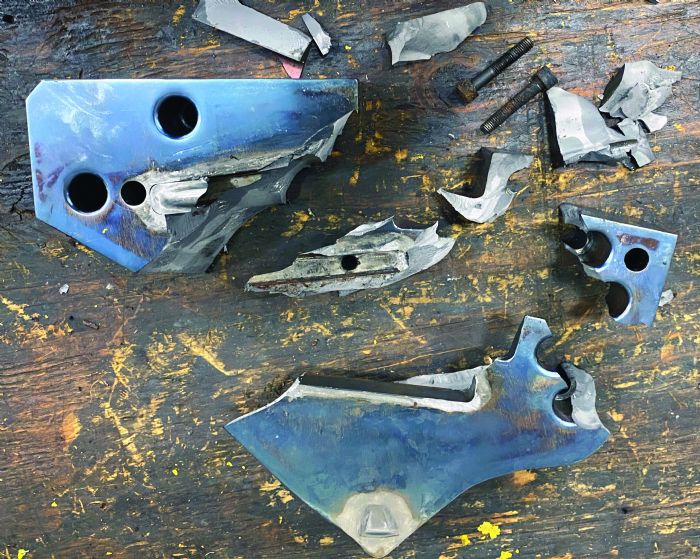Move Over, D2—Matrix-Type Tool Steel Movin’ In
April 30, 2024Comments
There’s a new tool steel in town, more specifically in the toolroom of automotive stamper Matcor Matsu. To improve die life between maintenance cycles, D2 is on the way out for many applications, being replaced by a matrix-type cold-work tool steel.
Wanted: a tool steel with good machinability, as well as high hardness and toughness properties to fight wear and cracking, and, ultimately, to optimize die and tool life.
Too much to ask for? Not at Matcor Matsu, a designer and manufacturer of precision stamped and assembled metal parts and assemblies for the automotive industry. With nine facilities throughout North America, we caught up with the engineering team at the Matcor Matsu plant in Edgerton, OH, to learn of its recent switch (for many applications) from D2 tool steels to a matrix-type cold-work die steel.
 Companywide, the firm operates presses from 150 to 3000 tons, running progressive, robotic-tandem and transfer tooling. Presses to 800 tons run progressive dies; the facility’s four larger presses run larger parts via transfers as well as progressive dies..
Companywide, the firm operates presses from 150 to 3000 tons, running progressive, robotic-tandem and transfer tooling. Presses to 800 tons run progressive dies; the facility’s four larger presses run larger parts via transfers as well as progressive dies..
Matcor Matsu also specializes in in-die processes—welding and clinch-nut insertion. Among the products it stamps and assembles: cross car beams, fuel-tank straps and taillight assemblies are big runners. The plant also stamps hinge brackets and motor mounts.
 “Taillight assemblies are a big one for us,” explains engineering manager Tyson Spangler. “We produce them in three different varieties. Another big runner is wheelhouse assemblies.”
“Taillight assemblies are a big one for us,” explains engineering manager Tyson Spangler. “We produce them in three different varieties. Another big runner is wheelhouse assemblies.”
In: A Cold-Work Tool Steel
Our visit to the Edgerton plant, 184,000 sq. ft. and 170 employees (140 in production), aimed to learn how the use of DCMX (DC-Matrix) cold-work die steel—manufactured by Daido Steel in Japan and distributed in the United States by International Mold Steel (IMS)—in place of D2 has dramatically improved tool life. The test case: a die used to stamp taillight-assembly parts from DP780 advanced-high-strength steel. “It’s a big runner,” says Spangler, “with volumes averaging 200,000/yr. and with potential to be a lot more as the market picks up.







 “A couple of years ago we brought in a new die for these parts fabricated from D2, with many of the details coated,” Spangler continues. “Running the tool in a 1300-ton mechanical press, a few of the details cracked apart after about 250,000 hits. But even before that, the details exhibited quite a bit of wear, which led to galling. We subsequently replaced the D2 details with DCMX. The improved die has been running for nearly a year, making more than 300,000 hits, with no sign of wear yet.”
“A couple of years ago we brought in a new die for these parts fabricated from D2, with many of the details coated,” Spangler continues. “Running the tool in a 1300-ton mechanical press, a few of the details cracked apart after about 250,000 hits. But even before that, the details exhibited quite a bit of wear, which led to galling. We subsequently replaced the D2 details with DCMX. The improved die has been running for nearly a year, making more than 300,000 hits, with no sign of wear yet.” “We’ve even machined draw beads from DCMX, and they run great—uncoated,” shares toolroom leader John Johnson. “The DCMX beads definitely outperform D2 draw beads. Across the board, DCMX tool details perform noticeably better. We see the same results for trim details, where we’re averaging five to six times the die life of D2 details.”
“We’ve even machined draw beads from DCMX, and they run great—uncoated,” shares toolroom leader John Johnson. “The DCMX beads definitely outperform D2 draw beads. Across the board, DCMX tool details perform noticeably better. We see the same results for trim details, where we’re averaging five to six times the die life of D2 details.”
